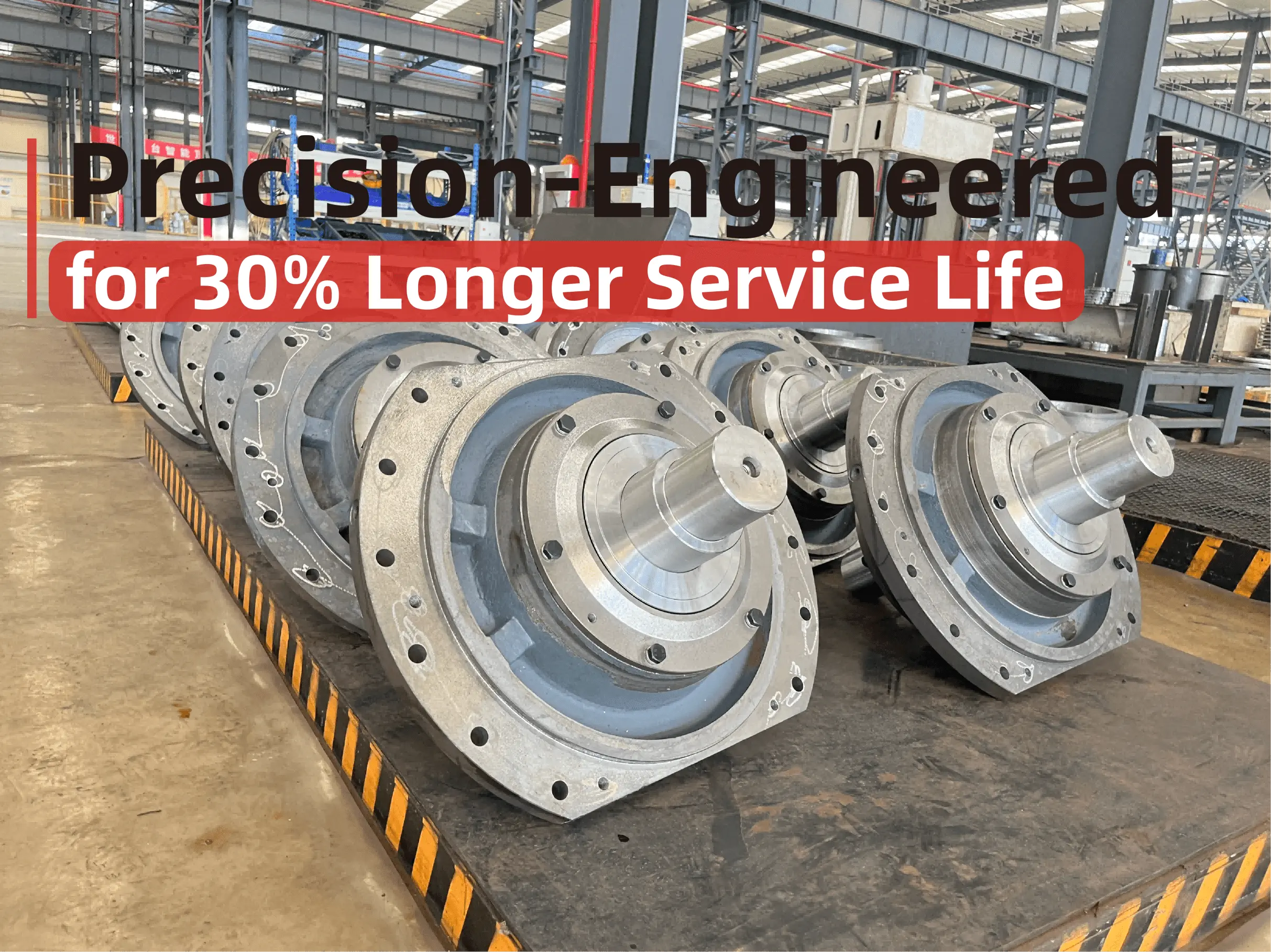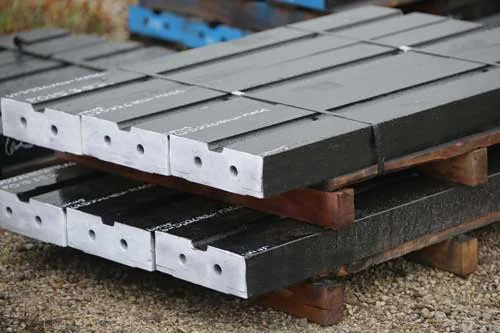
Jaw crushers are vital pieces of equipment in the mining, construction, and aggregate industries. Their primary function is to reduce large rocks into smaller, more manageable pieces, making them suitable for further processing or direct use. Whether you're dealing with hard rock, granite, or recycled concrete, understanding the components of a jaw crusher and how they work together is essential for ensuring peak performance and longevity.
In this comprehensive guide, we’ll dive into the various parts of a jaw crusher, their functions, common issues, and the best maintenance practices to keep your equipment running efficiently.
A jaw crusher is a type of compression crusher, typically used for primary crushing. It consists of a fixed jaw and a movable jaw that crush material by applying pressure. The material is introduced into the crushing chamber, where the jaws exert compressive force to break the material down into smaller pieces. Jaw crushers are commonly used in industries such as mining, construction, and recycling.
There are two main types of jaw crushers:
A jaw crusher consists of several key components, each playing a unique role in its function. Understanding how these parts work together will help you troubleshoot problems, optimize performance, and extend the life of the equipment.
The main parts of a jaw crusher include:
Jaw Plates (Fixed & Moving):The jaw plates are the primary crushing surfaces of the crusher. The fixed jaw plate is stationary, while the moving jaw plate moves back and forth against the fixed plate, exerting pressure on the material to crush it. The jaw plates are usually made from high-quality manganese steel, which provides excellent resistance to wear and tear.
Function: Jaw plates crush material by compressing and squeezing it between the two jaws.
Material: High-manganese steel (e.g., Hadfield steel), which is known for its durability and wear resistance.
Impact on Performance: Worn jaw plates can significantly affect the efficiency and output of the jaw crusher. Regularly replacing them ensures continued high performance.

Eccentric Shaft:The eccentric shaft is the driving force behind the jaw crusher’s motion. It is connected to the flywheel and transmits rotational motion to the moving jaw through the pitman.
Function: It allows the moving jaw to oscillate, enabling it to crush material.
Importance: It must be properly lubricated and maintained to avoid friction and wear.
Toggle Plates:The toggle plates serve as a safety mechanism and also assist in adjusting the discharge opening. They transmit force from the driving mechanism to the crushing chamber.
Function: They adjust the gap between the jaws and help absorb shock loads during operation.
Material: Usually made from steel, they should be strong enough to withstand high stress levels.
Bearings:Bearings support the moving parts of the jaw crusher, such as the eccentric shaft and pitman. They reduce friction, ensuring smooth motion and minimizing wear.
Function: Bearings enable the jaw crusher’s rotating parts to move smoothly.
Common Issues: Bearings can wear out if not properly lubricated or if exposed to high levels of stress, which can cause the machine to stop working.
Pitman Assembly:The pitman is a key component that connects the moving jaw to the eccentric shaft. It transfers the motion from the eccentric shaft to the moving jaw.
Function: It transmits force and allows the jaw to move back and forth.
Impact on Performance: Any issue with the pitman can affect the movement of the jaw, impacting the crusher’s efficiency.
Frame:The frame is the structural foundation of the jaw crusher. It supports all the other components and absorbs the energy generated during crushing.
Function: Provides the structural integrity and supports the crushing process.
Material: Frames are typically made from high-strength steel.
Flywheel
The flywheel stores energy during the crushing stroke and releases it during the reverse stroke, helping to maintain a steady operation.
Function: It smooths out fluctuations in the crushing process by stabilizing the motion.
Importance: A flywheel that is too heavy can make the crusher too slow, while one that is too light can make it prone to fluctuations in performance.
Choosing the right materials for jaw crusher parts is crucial for ensuring long-lasting performance. For example:
Jaw Plates: High-manganese steel (12-14% Mn) is commonly used for its hardness and wear resistance.
Eccentric Shaft and Bearings: Alloy steel with high tensile strength is preferred.
Pitman: Cast steel or high-strength steel is typically used to handle the forces during operation.
While jaw crushers are built to last, they can still experience issues over time. Some of the common problems include:
Maintaining the jaw crusher parts properly ensures that the equipment runs smoothly and minimizes downtime. Here are some maintenance tips:
Jaw crushers are continually evolving with advancements in materials and technology. Some notable innovations include:
Understanding the functions, materials, and maintenance requirements of jaw crusher parts is crucial for ensuring the optimal performance and longevity of the equipment. Regular inspection, lubrication, and timely replacement of worn parts are key to keeping the crusher running efficiently. By staying ahead of maintenance and implementing innovative technologies, you can improve the overall performance and cost-effectiveness of your jaw crusher operation.